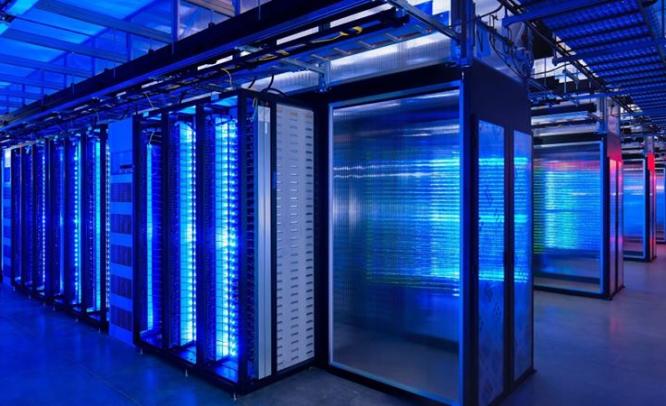Sensors must be installed in the front of the rack, with one tag at the top, one in the center, and the third in the bottom of the rack.
23 july 2013
ASHRAE’s latest thermal guidelines present data center operators with the opportunity to significantly reduce their power and cooling expenses. By carefully monitoring the temperatures in and around your data center assets you can safely increase temperature set points without increasing the risk of equipment failure and downtime.
The question, then, is how many RF Code sensors do you need in order to comply with the guidelines and begin to realize these savings? There are two answers: what is the minimum coverage necessary to meet ASHRAE guidelines, and what level of coverage will provide the greatest ability to control power and cooling costs.
To meet the minimal ASHRAE guidelines, your must deploy:
- At least 1 RF Code M250 Fixed Reader (how many readers are required will depend on the size of your data center)
- 3 R150-5 High-Performance Temperature Tags every third rack in your data center
- Sensors must be installed in the front of the rack, with one tag at the top, one in the center, and the third in the bottom of the rack
This level of instrumentation provides adequate temperature monitoring across the data center and also enables computation of the Rack Cooling Index (RCI), a metric that enables you to ensure that you are complying with the ASHRAE guidelines. However, it does not provide visibility into the microenvironment that exists in each rack, instead providing only an overall measurement of the ambient temperatures around your racks.
While minimal coverage may meet the ASHRAE guidelines and enable you to realize some savings, in order to maximize your savings while also minimizing the possibility of damage to your equipment, more fine-grained monitoring is necessary.
For full ASHRAE guideline compliance coupled with optimal data center power and cooling savings, we recommend:
- At least 1 RF Code M250 Fixed Reader (how many readers are required will depend on the size of your data center)
- 4 R150-5 High-Performance Temperature Tags in each rack in your data center
- 2 R155 High-Performance Humidity-Temperature Tags in each rack in your data center
- Sensors must be installed in both the front and back of each rack, with one temperature sensor at the top front/top back, one temperature-humidity sensor in the center front/center back, and the third temperature sensor in the bottom front/bottom back of the rack
This level of instrumentation provides complete visibility into the environmental conditions in each of your racks, helping you to detect hot spots that could lead to failures as data center temperatures rise. In addition to enabling computation of the Rack Cooling Index, this level of instrumentation also enables you to calculate the Return Temperature Index (RTI). RTI, a metric that enables you to measure the efficiency of your air handling systems, greatly increases your ability to reduce cooling costs by helping to ensure that you are cooling your data center air precisely as much as is needed to adequately cool your equipment.
Source: www.rfcode.com


